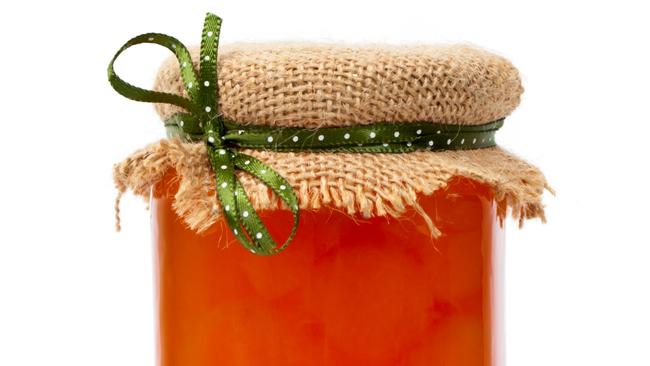Festival of Marmalade to toast Australia’s best spread
Loved by kings and bears alike, this deceptively complex spread will be celebrated and rewarded at a national festival.

Was it an act of rebellion when the sleepy Alderney told the dairymaid in A.A. Milne’s The King’s Breakfast in 1924 “that many people nowadays liked marmalade instead” of butter on their bread?
Who wants to be woken early and milked for a King’s breakfast? (The cow may have been a republican.)
The king managed to get his butter, as kings tend to do, but marmalade has long been enshrined in British culture.
Even a bear from Darkest Peru who made his way to London was partial and always kept a marmalade sandwich under his hat in case of emergencies.
While the World’s Original Marmalade Awards take place annually in Cumbria, the Brits aren’t the only qualified marmalade quaffers.
Australian chef Dan Lepard was on the judging panel earlier this year and will help find the winners of Australia’s first Festival of Marmalade to be held next month at Beaumont House in Adelaide.
“The key thing to look for in judging marmalade is the essence of the fruit’s natural flavour, from the honest sweetness through to the acidity,” he says.
“A bright colour is more important than utter clarity, but you’re hoping for jewel-like brilliance in the hue. When a marmalade sets to a jelly, that means the balance of sugar to acidity to pectin is in good proportion so it’s a very good sign.”
West Australian Reuben Kooperman pipped nearly 3000 entrants from 30 countries to win the silver award for Seville orange and the gold award for best marmalade made by a man in the global awards.
He says the Seville orange category is the most hotly contested and his competitors suspected he had a secret advantage because he could just pick his oranges from his backyard.
“They reckon that might have been something to do with my winning edge because in England they’ve got to wait weeks and weeks for it to arrive from Spain and then it’s in cold storage so by the time they get their Seville oranges they’re not as pristine fresh as perhaps the ones I pick are,” he says. “Seville oranges are inherently bitter but if you treat them with care and treat them gently you can produce quite a palatable marmalade.”
Kooperman started making marmalade in the 1980s and began entering the Perth Royal Show about 30 years ago.
He won the first prize for marmalade at this year’s show and says it was the best he’s ever made.
“Marmalade is a very tricky thing because there are so many things that can affect how it turns out so it’s a matter of trying to juggle all the variables, the ripeness of the fruit, how long you cook it for, how much sugar you add to it, how you cut the peel, all those things kind of matter,” he says.
Coming off his international and local successes, Kooperman will now be trying his luck in Australia’s Festival of Marmalade.
“I don’t know how I’m going to go in Adelaide, it really depends on the judges and what they like,” Kooperman says.
“I try and make the best marmalade that I can that tastes of the fruit. It’s like wine, when you have a nice chardonnay or a nice riesling or a nice shiraz, you want it to taste like the fruit tastes.”
Lepard says he’s expecting outstanding entries in the Australian competition because of the short time from tree to toast.
He says he was especially hoping they garner interest from cooks who just want to share their skills with other people and learn.
“Some cooking skills are unintentionally private, it’s just that no one else in your family cares how you make it or the difficulty you face sometimes,” he says.
“So this festival will get you with people like yourself, feel understood and part of something bigger and sweet.”
For those wondering what to do with marmalade, Lepard usually eats his marmalade on crisp hot toast with butter but says he also stirs the versatile condiment through with yoghurt, mixes it with rum and spoons it onto hot baked peaches or uses it as a savoury last-minute baste for pork ribs with smoked paprika, garlic and cumin.
